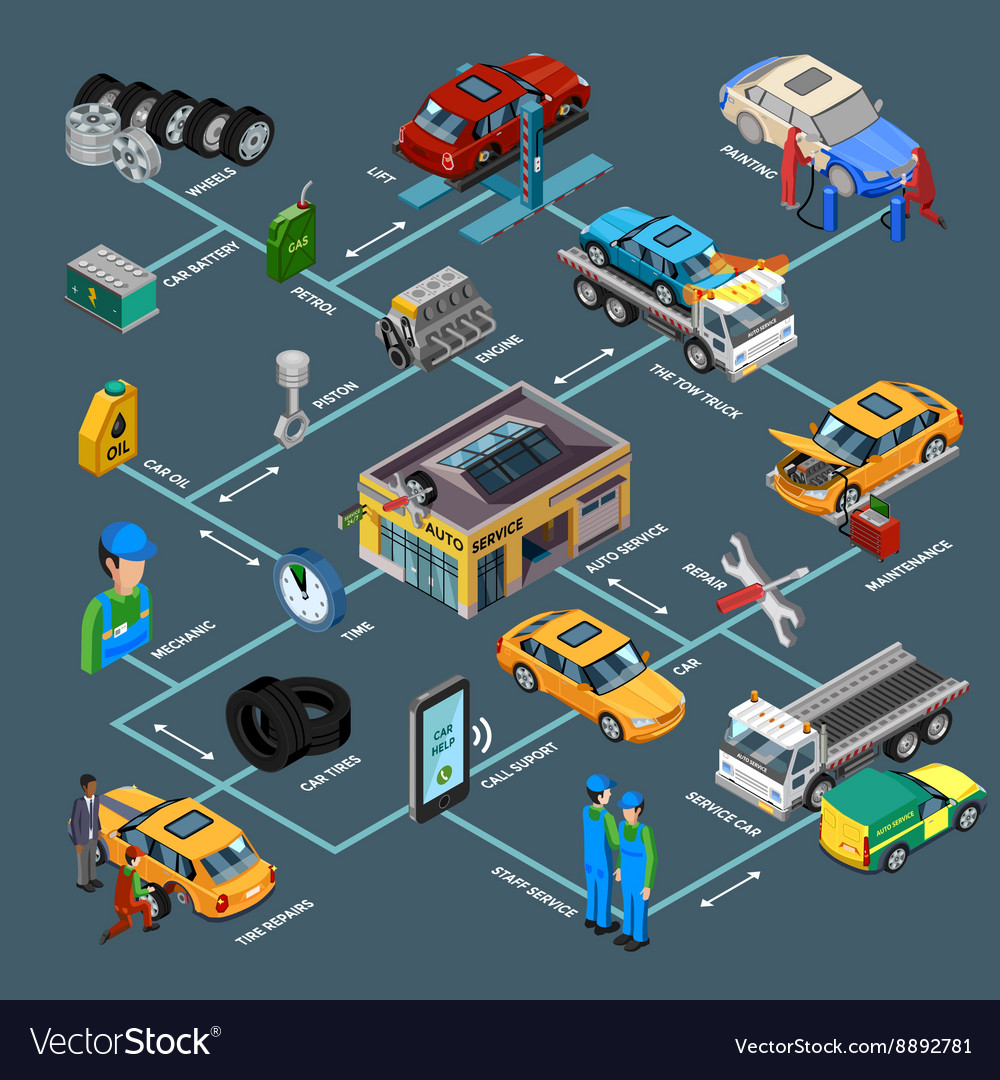Recognizing Your Car'S Caution Lights: What Do They Actually Mean?
Recognizing Your Car'S Caution Lights: What Do They Actually Mean?
Blog Article
Web Content Written By-Faulkner Winters
When you're behind the wheel, those radiant warning lights on your control panel can be a bit difficult. Do you recognize what they're attempting to tell you regarding your auto's health and wellness? Understanding the relevance of these lights is important for your security and the long life of your vehicle. So, the next time among those lights appears, would not you want to analyze its message properly and take the required actions to address it?
Common Caution Lighting and Interpretations
Determine common caution lights in your cars and truck and recognize their definitions to guarantee secure driving.
One of the most normal caution lights include the check engine light, which signifies concerns with the engine or exhausts system. If this light comes on, it's essential to have your automobile examined immediately.
The oil stress alerting light suggests low oil pressure, needing prompt attention to avoid engine damage.
A flashing battery light may suggest a malfunctioning billing system, potentially leaving you stranded if not resolved.
The tire pressure surveillance system (TPMS) light notifies you to reduced tire stress, affecting car security and fuel effectiveness. Ignoring this could cause dangerous driving conditions.
The abdominal light shows an issue with the anti-lock stopping system, compromising your capability to stop swiftly in emergencies.
Lastly, the coolant temperature cautioning light warns of engine overheating, which can result in serious damage if not fixed promptly.
Understanding these typical warning lights will help you attend to problems immediately and maintain secure driving problems.
Value of Prompt Attention
Understanding the usual warning lights in your auto is just the initial step; the significance of without delay resolving these warnings can't be emphasized enough to ensure your safety on the road.
When a caution light brightens on your control panel, it's your vehicle's means of interacting a potential issue that requires focus. Overlooking these cautions can result in a lot more severe troubles in the future, jeopardizing your safety and possibly costing you much more in repairs.
Motivate interest to advising lights can avoid break downs and crashes. For instance, a flashing check engine light could suggest a misfire that, if left neglected, might create damages to the catalytic converter. Addressing this promptly can save you from a pricey repair work.
Likewise, a brake system cautioning light could signal low brake liquid or worn brake pads, crucial components for your safety when driving.
Do It Yourself Troubleshooting Tips
If you notice a warning light on your dashboard, there are a few do it yourself repairing tips you can try before seeking professional aid.
The first step is to consult your automobile's guidebook to comprehend what the specific caution light suggests. Often the concern can be as easy as a loose gas cap causing the check engine light. Tightening the gas cap may settle the issue.
An additional usual concern is a reduced battery, which can activate numerous cautioning lights. Inspecting the battery links for rust and ensuring they're safe and secure could take care of the problem.
If a caution light continues, you can attempt resetting it by separating the auto's battery for a few minutes and after that reconnecting it. Additionally, examining https://brake-rotor-replacement-c06161.blog-gold.com/40103003/exactly-how-can-mobile-cars-and-truck-detailing-change-your-car-care-experience-while-guaranteeing-quality-discover-the-key-elements-to-think-about-before-picking-a-detailer , such as oil, coolant, and brake fluid, can help troubleshoot advising lights connected to these systems.
Final thought
Finally, recognizing your cars and truck's warning lights is important for keeping your automobile running efficiently and safely. By without delay attending to these signals and recognizing what they indicate, you can stay clear of costly repair work and possible failures.
Keep in mind to consult your auto's manual for specific information on each cautioning light and do something about it accordingly to make certain a hassle-free driving experience.
Remain educated, stay secure when traveling!
